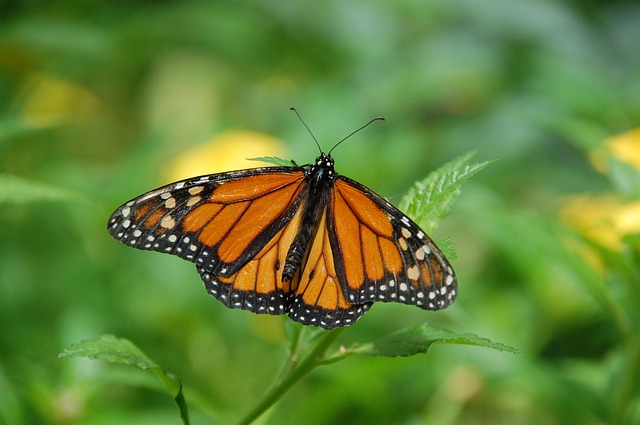Monarch butterflies, whose population has been declining over the years, find themselves faced with a set of new threats.
A study from Cornell University states that monarch butterflies are jeopardized by the lack of milkweed. Monarch butterflies are unable to survive without milkweed, as this is the only thing their caterpillars eat. Aside from this, the use of herbicides and genetically modified crops were also said to be threats to the species.
Four generations of monarch butterflies make the 2,000 mile trip across North America yearly. In early spring, the butterflies leave their habitats in Mexico, with millions flying through Texas and Oklahoma. The next generations fly further into the Midwest and Northeast. When autumn comes, the fourth generation then goes back to Mexico for the winter.
The monarch butterfly population decreased at an alarming rate in 2014, primarily due to extreme weather conditions. Today, the numbers have risen over six times, but the butterflies still have to fight for survival.
Aside from dwindling milkweed sources, the use of herbicides and genetically modified crops were not the only conditions contributing to the monarch butterfly problem. The study says that weather changes, the break-up of habitats and scarce nectar sources all play a part in endangering these butterflies.
Anurag Agrawal, professor of ecology and evolutionary biology at Cornell University, says,
Thanks to years of data collected by the World Wildlife Fund and citizen-scientists across North America, we have pieced together the monarch life cycle to make inferences about what is impacting the butterflies.
He adds, “Given the intense interest in monarch conservation, the blame being put on herbicide use and the national dialog about potentially listing monarchs under the endangered species act, we have to get the science right.”
Agrawal also says that if these threats persist, we might see a rapid drop in the number of monarch butterflies.
This research was published in the journal Oikos.
























